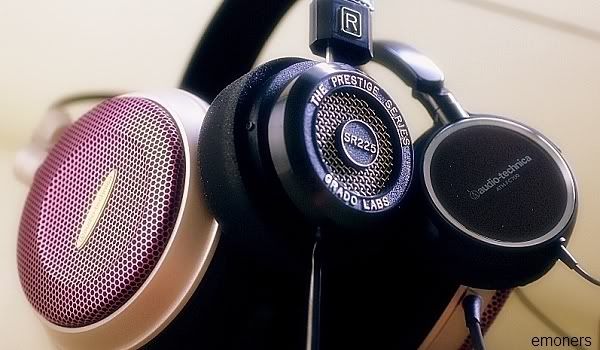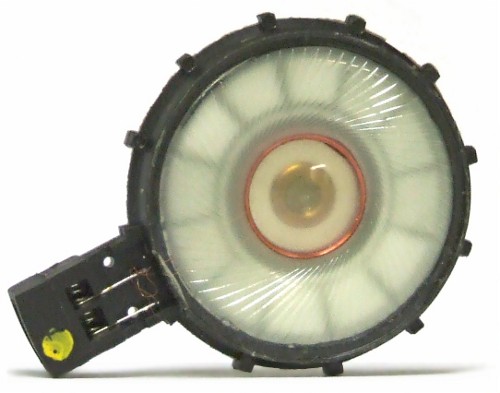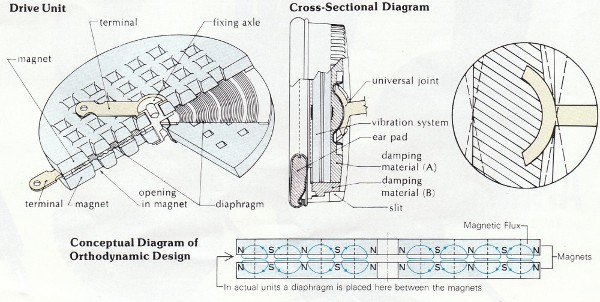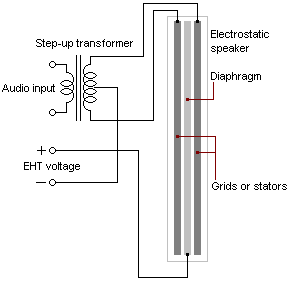But doesn't seem like it will exhibit similar physical properties as moving coils in dynamic drivers.. not sure how you can apply same fomulas on it
It more or less does.
The fundamental difference between dynamic and orthodynamic drivers is the layout of the magnets and the voice coil. As illustrated in
@SilverEars' posts, dynamics have a single magnet with the voice coil winding in many loops around the single magnet. Here, current
i through the wire loop with total length
L runs perpendicular to the magnetic field
B, thus a force perpendicular to both is generated (
F = (L*i x B)).
Here is
illustration from a magnetism website

Orthodynamics work using the same principle (
F = (L*i x B)).
Here's one of the images SilverEars linked above of the magnetic field in an ortho headphone

You can see in that the arrangement of the magnet array generates many regions where the magnetic field lines run horizontally between alternating poles. It is through these regions that the serpentine trace of the ortho's voice coil would run through (in this case into and out of the image). Again, this forces the diaphragm perpendicular to both the current and the magnetic field lines, hence (
F = (L*i x B)).
In both cases, the magnitude of the force on the diaphragm is
F = B*L*i and when the diaphragm moves through the magnetic field, a back EMF is generated
V = B*L*u as we've covered in the previous posts.
This back EMF is the source of electrical damping and the magnitude of its effect on the diaphragm dynamics depends on the damping factor, which is the topic of the thread.
What we are fleshing out now is how important this effect is depending on specific headphone parameters based on a first principles approach, and trying to rectify that with the observed electrical characteristics that people have measured with different types of headphones.
Cheers

































